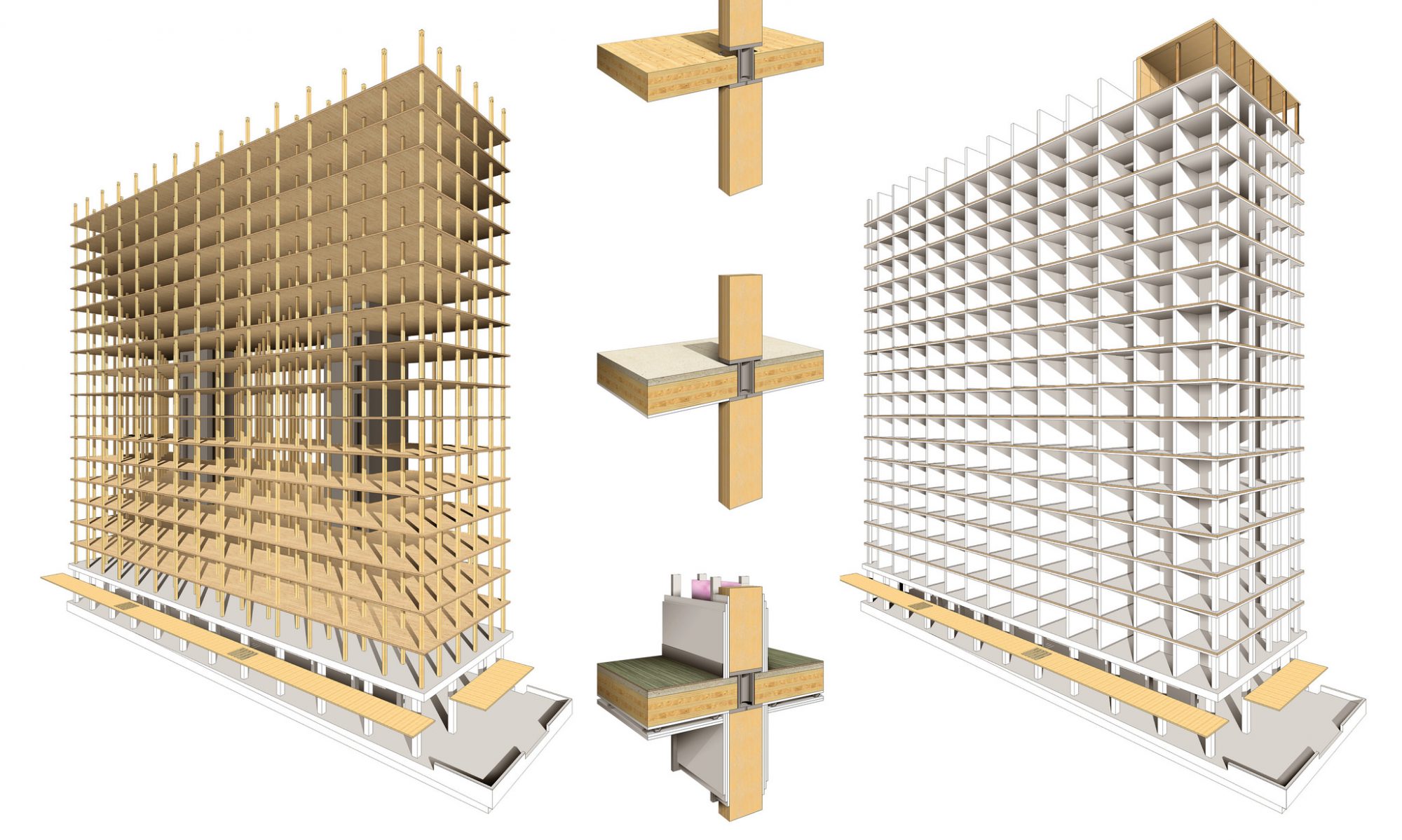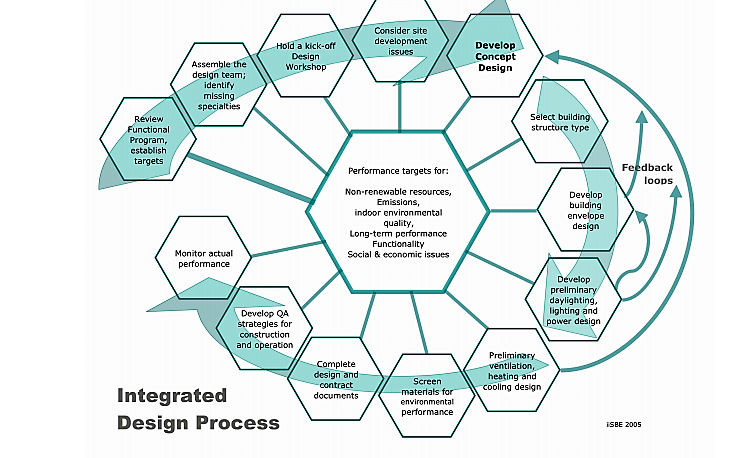The term virtual reality (VR) can be interpreted in different ways depending on the context. In the building industry it is most commonly used for computer mediated systems, environments, and experiences. In other words it is used to create 3D models of projects that are supposed to aid the design process. VR tools are still Very rarely used in practice, despite the fact that many benefits have already been identified.
Advantages
The combination of VR tools and VR immersive display systems can bring real value to the design review, the communication of the design intent, and it can increase the meeting efficiency. The use of this technology enables users to walk through a 3D model of a given project and by doing so helps to understand the aesthetics of the design because it gives the viewer a more direct feel of depth and volume of the space, which is more difficult by just looking at a static layout.
Furthermore meetings and discussions gain a new level of efficiency, because participants are more engaged and act more professional. The use of VR models brings external people up to speed to the current status easier and faster, leveling the expertise and familiarity with the design between different disciplines. This keeps participants more engaged in issues, that not necessarily regard their own discipline. This provides a holistic and diverse input, which then can spark deep questions and lead to unexpected discoveries, that otherwise might not have been detected until building turnover.
Challenges
This is not to say that VR tools do not pose difficulties or challenges. When using VR the appropriate level of detail has to be considered, as too many trivial issues might arose from a too detailed model. Similarly sometimes less is more when it comes to the modeled environment. Often intermediate designs are filled with placeholders, which will be redesigned in a later state of the process. Are those placeholders to detailed they might convey a wrong image of the design and could create a misinterpretation for those not familiar with the design process.
The preparation of VR models requires a significant amount of preparation and coordination effort, a process that usually takes up several days. By the time the model is finished the design might have already changed.
Conclusion
To sum up, VR tools give opportunities to improve the design process by increasing meetings efficiency, and helping to keep all participants engaged, so that maybe even hidden issues can be identified. But at the same time very careful planning in preparing is necessary to avoid misinterpretations due to a unfit level of detail in the model. Today Virtual Reality is still underutilized, but one can hope that as the industry develops and becomes better defined the use those tools will increase and improve the design process.
Sources:
“Virtual Reality to Support the Integrated Design Process: A Retrofit case Study”
Yifan Liu, Jennifer Lather, John Messner, 2014

